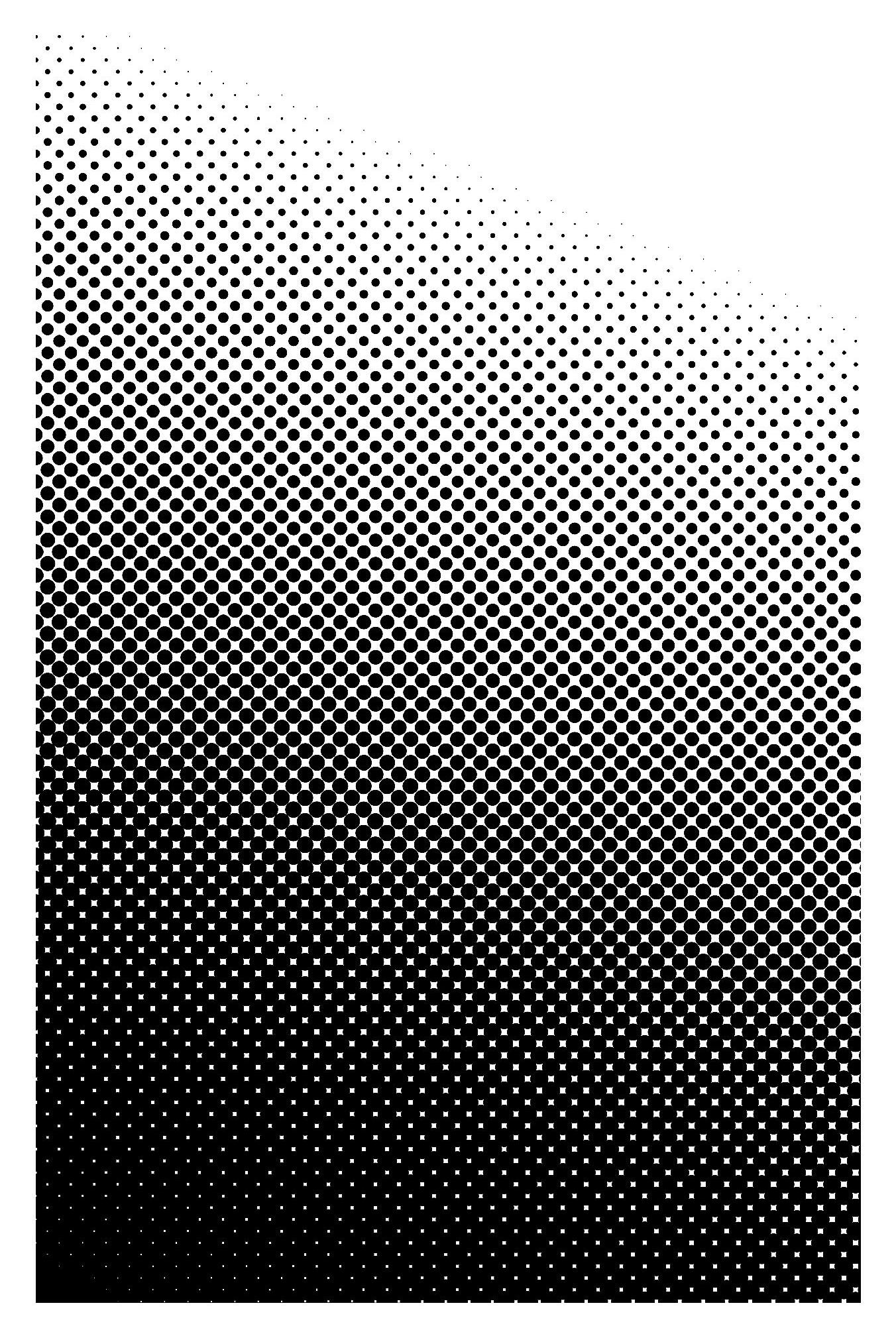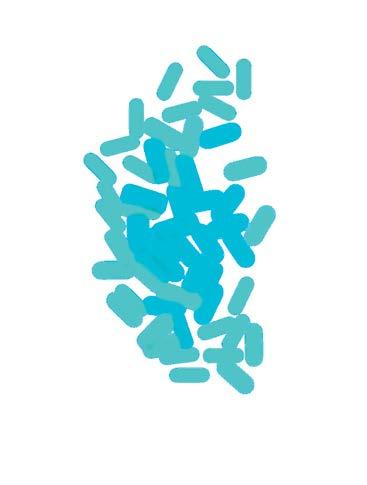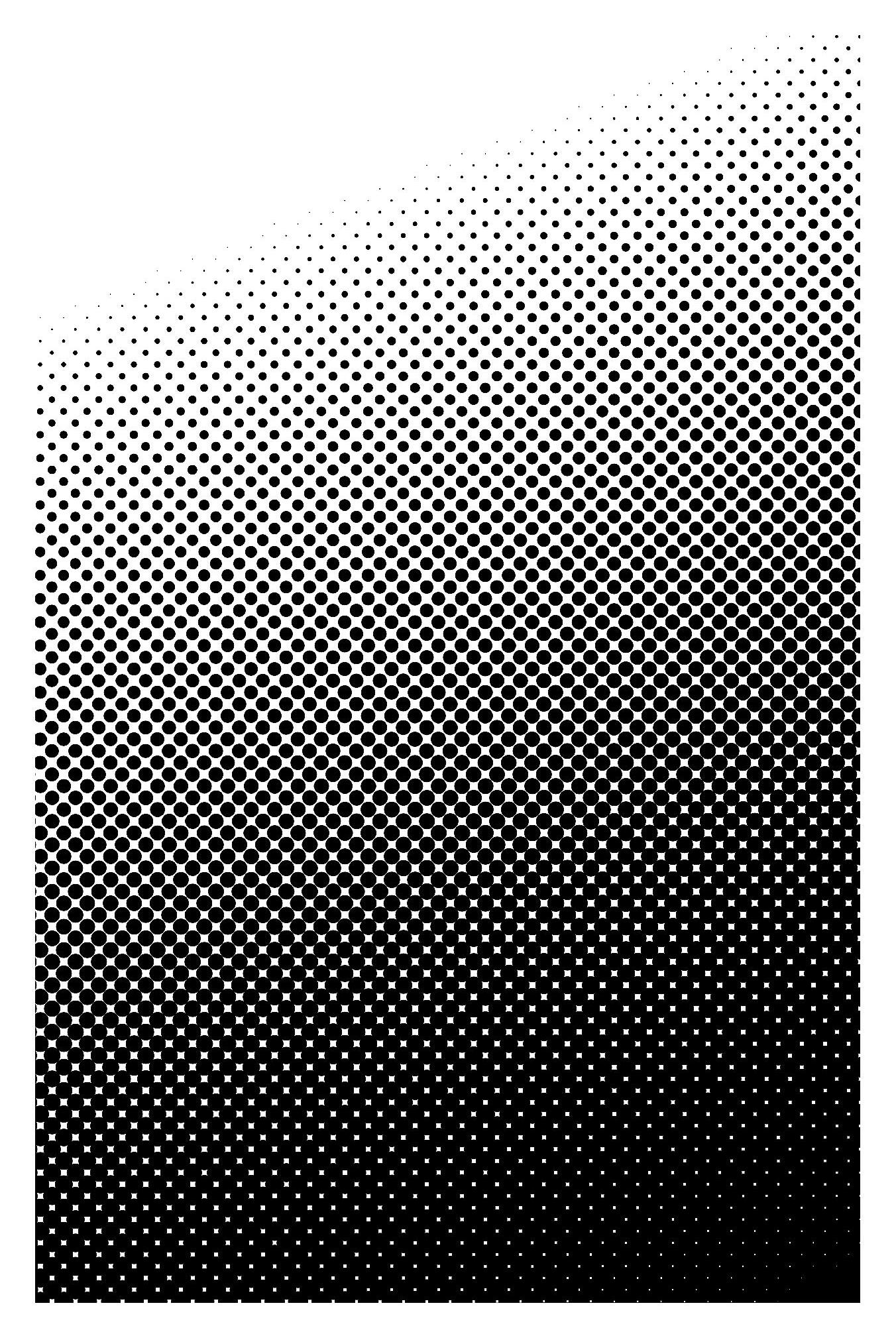
4 minute read
Microswimmers Deliver Targeted Cancer Solutions


























AMason Engineering researcher has discovered that artificial microswimmers accumulate where their speed is minimized, an idea that could have implications for improving the efficacy of targeted cancer therapy. Jeff Moran, an assistant professor of mechanical engineering in the College of Engineering and Computing, and colleagues from the University of Washington in Seattle studied self-propelled half-platinum/half-gold rods that “swim” in water using hydrogen peroxide as a fuel. The more peroxide there is, the faster the swimming; without peroxide in pure water, the rods don’t swim.
In this work, the researchers set out to understand what happens when these artificial microswimmers are placed in a fluid reservoir containing a gradient of hydrogen peroxide— lots of peroxide on one side, not much on the other side. They found that, predictably, the microswimmers swam faster and in random directions in regions with a high peroxide concentration, says Moran, whose research was published in Scientific Reports. In contrast, in low-concentration regions, the rods slowed down and accumulated in these regions over the course of a few minutes. The results suggest a simple strategy to make microswimmers passively accumulate in specific regions, an idea that might have useful, practical applications, he says. Living cells can autonomously swim toward regions of high chemical concentration, a process called chemotaxis. “For example, your immune cells use chemotaxis to detect and swim toward sites of injury, so they can initiate tissue repair,” Moran says.




Moran and his colleagues, like others in the field, have long been curious whether artificial microswimmers could perform chemotaxis. Some have claimed that the platinum and gold rods could swim autonomously toward peroxiderich regions. “Instead, we found the opposite: The rods built up in the lower concentration regions. This is the opposite of what one would expect from chemotaxis,” Moran says. “Instead, they accumulate in the regions where their fuel concentration is minimized, because their speed is minimized there and, therefore, they have trouble escaping from that region.” Moran says this research is promising because it suggests a new strategy to make chemicals accumulate in a highly acidic area.
Due to their abnormal metabolic processes, cancer cells cause their immediate surroundings to become acidic. The acidic environment is known to promote metastasis and confer resistance to drugs. Thus, the cells in these regions are a major target of many cancer therapies. Moran and colleagues are now designing microswimmers that move slowly in acidic regions and fast everywhere else. Through the mechanism they discovered, the researchers hypothesize that acid-dependent swimmers will accumulate and release their cargo preferentially where their speeds are minimized, namely the most acidic and hypoxic regions of the tumor, where the most problematic cells reside. “This strategy could be a novel way to deliver chemotherapy drugs to the cancer cells that need them the most,” Moran says. “We’ve identified an elegantly simple method of causing microswimmers to accumulate and deliver drugs to the most problematic cancer cells, which could have implications for the treatment of many cancers, as well as other diseases like fibrosis. We’re excited to see where this goes.”
—Nanci Hellmich






